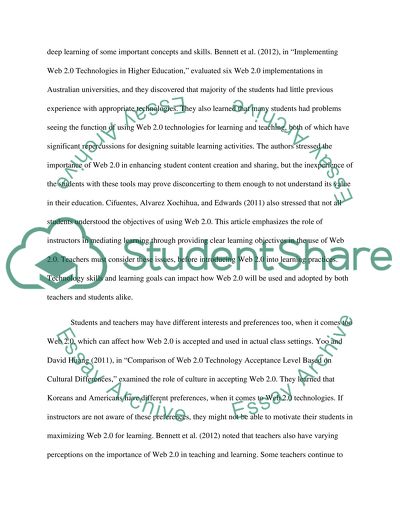Cite this document
(“Web 2.0 for engaging and collaborative learning in higher education Essay”, n.d.)
Web 2.0 for engaging and collaborative learning in higher education Essay. Retrieved from https://studentshare.org/english/1455041-persuasive-essay-on-web
Web 2.0 for engaging and collaborative learning in higher education Essay. Retrieved from https://studentshare.org/english/1455041-persuasive-essay-on-web
(Web 2.0 for Engaging and Collaborative Learning in Higher Education Essay)
Web 2.0 for Engaging and Collaborative Learning in Higher Education Essay. https://studentshare.org/english/1455041-persuasive-essay-on-web.
Web 2.0 for Engaging and Collaborative Learning in Higher Education Essay. https://studentshare.org/english/1455041-persuasive-essay-on-web.
“Web 2.0 for Engaging and Collaborative Learning in Higher Education Essay”, n.d. https://studentshare.org/english/1455041-persuasive-essay-on-web.


